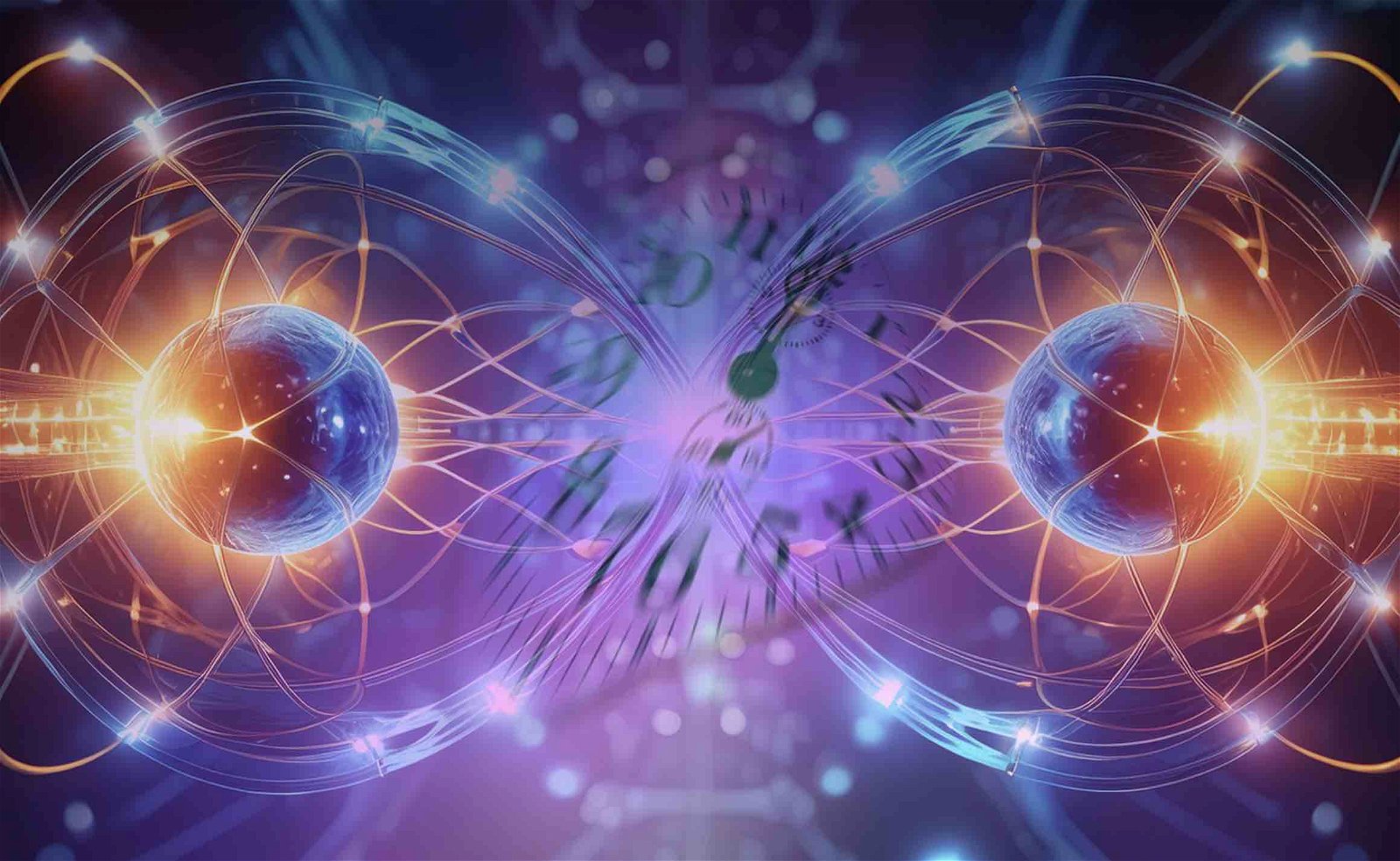Time travel, widely recognized as a staple of science fiction stories and films, is at least theoretically possible under certain conditions. These include situations like extremely high-speed travel through space, as well as a traveler’s proximity to particularly strong sources of gravity.
However, new research suggests scientists could be moving closer to extending the manipulation of time beyond theory and into practical use, thanks to new innovations in quantum physics.
Einstein’s theory of relativity helped to show the intimate connection between time and space, revealing that as a traveler’s speed while passing through space increases, their experience of time slows down. This reality has been experimentally verified in experiments involving observed variances on separate clocks that reveal what physicists call time dilation.
Technically, as we walk down the street on any given day of the week, our feet are moving through time at a slightly different rate than our head, given the closer proximity of our lower body to Earth’s gravitational field. However, such variances are so subtle that they are indiscernible, and quirks of space and time like these have little practical significance.
However, recent research by a team at Washington University in St. Louis, along with collaborators from NIST and the University of Cambridge, is revealing how a new kind of quantum sensor designed to leverage quantum entanglement could lead to a form of real-life time-traveling detectors. The breakthrough discovery, detailed in a new study published on June 27, 2024, presents a bold possibility: scientists could soon be able to collect data from the past.
The Strange Realm of Quantum Metrology
In their paper, the team describes experiments involving a two-qubit superconducting quantum processor. Their measurements demonstrated a quantum advantage that outperformed every strategy that did not involve the phenomena of quantum entanglement. The results of their study could potentially enable data from the past to be collected by leveraging the unique properties of what Einstein called “spooky action at a distance.”
While impossible in our everyday world, the realm of quantum physics offers possibilities that defy conventional rules. Central to this advancement is a property of entangled quantum sensors referred to as “hindsight.”
Kater Murch, the Charles M. Hohenberg Professor of Physics and Director of the Center for Quantum Leaps at Washington University, likens the team’s investigations into these concepts to sending a telescope back in time and allowing it to capture imagery of a shooting star.
From Qubits to Singlets
In their research, the team devised a process where two quantum particles were entangled in a quantum singlet state, comprising a pair of qubits whose opposing spins are always oriented in opposite directions, no matter their frame of reference. One of the qubits, which the researchers designate as the “probe,” is then introduced to a magnetic field, which induces rotation.
Meanwhile, the qubit that has not been exposed to a magnetic field is measured. This reveals a key aspect of the team’s innovation, given that the entanglement properties shared between the two qubits allow the quantum state of the ancillary qubit to influence the probe qubit under the influence of the magnetic field. The remarkable result is that the probe qubit is retroactively influenced, which effectively facilitates the ability to send information “back in time.”
This means that scientists are technically able to employ this phenomenon of hindsight to determine the optimal direction for the spin of the probe qubit after the fact, almost as if they are watching from the future but controlling the qubit’s behavior in the past. This allows them to increase the accuracy of measurements.
Time Traveling Quantum Sensors in Real Life?
Under most circumstances, measuring a qubit’s spin rotation as a means of gauging the size of a magnetic field would have about a one in three chance of failure since the alignment of the field with the spin’s direction effectively nullifies results. By contrast, the hindsight property allowed the team the unique ability to set the best direction for the spin retroactively.
Under these conditions, the entangled particles effectively function as a single entity that simultaneously exists in both forward and backward positions in time, thereby allowing innovative potentials in the creation of advanced quantum sensors that could produce temporally manipulated measurements.
The implications of such technology are significant and could help give rise to all new sensor technologies, from the detection of rare astronomical phenomena to greatly improving the way researchers study and manipulate the behavior of magnetic fields.
Ultimately, the team’s new “time travel” technology likely marks a significant step toward bringing this well-recognized science fiction concept into reality, allowing innovative new possibilities and insights into nature that extend beyond our current mastery of time.
Published under the innocuous title “Agnostic Phase Estimation,” the groundbreaking new study by Murch and co-authors Xingrui Song, Flavio Salvati, Chandrashekhar Gaikwad, Nicole Yunger Halpern, and David R. M. Arvidsson-Shukur, appeared in Physical Review Letters.
Micah Hanks is the Editor-in-Chief and Co-Founder of The Debrief. He can be reached by email at micah@thedebrief.org. Follow his work at micahhanks.com and on X: @MicahHanks.

